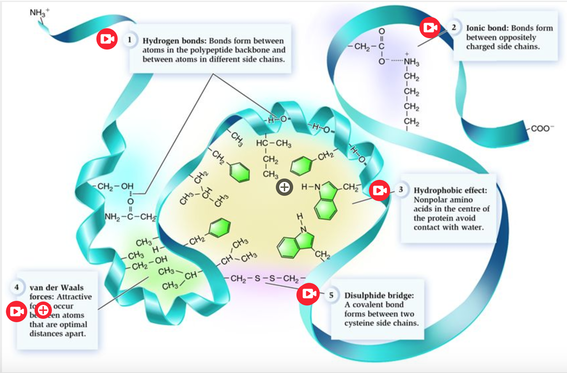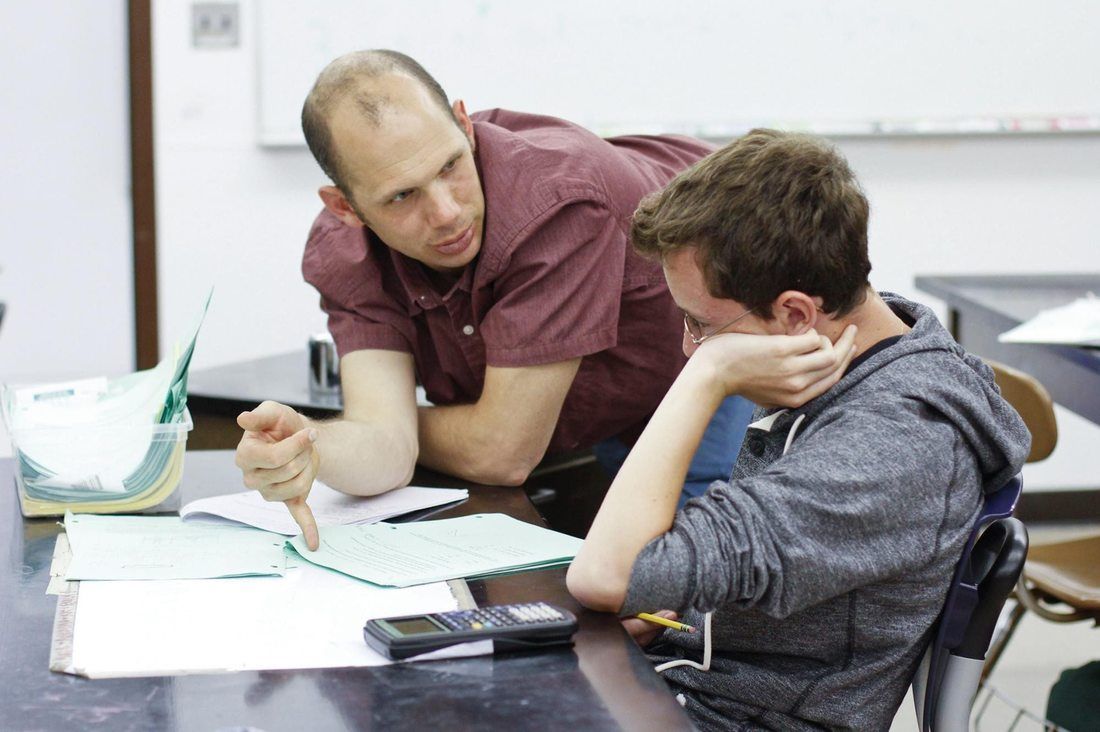|
|
|
My instruction for this period of EMERGENCY distance learning is over, and thus, this will be my last formal post reflecting on the process.
Click here for an archive of all reflections during this time. My colleagues and I are in the process of brainstorming potential models for reintegration in the fall, and Jennifer Gonzales does a fabulous job outlining potential options here. I will be writing about next steps as they develop, along with sharing instructional strategies, and FAILURES, etc., as they happen. Stay tuned! In the meantime, although shared sporadically over the course of this reflection series, below are direct links to all the major resources that were developed for during this time. Lessons (includes forms, created videos, simulations, assessments and Q&A docs) Padlets (student work, tutorials, and final projects)
This week marks the beginning of review for online finals exams next. Today's biochemistry class was spent with students working through a collaborative practice final exam while I fielded questions in our online Q&A document and on Zoom. This practice final is designed to expose student the basic factual content of the exam. Think interactive study guide rather than a list of facts to prepare for a more conceptually challenging task for the final exam that will incorporate those raw skills. Math facts vs. math application, etc.
I enjoy this leveraging this strategy as it forces students to reflect on their understanding of the material through a lens of Lower Blooms Taxonomy, then reflect on possible applications of that material on the actual assessment. From a technology perspective, I attempted to add an interactive element to the above practice quiz. Rather than asking students to list the steps of protein synthesis, I screencasted this video, removed sound, and then challenged students to fill out the below template (see screenshot) as they watched the video. A simple pedagogical move, but given the outstanding visuals in the video, I am hopeful that the process helps students connect the factual process of protein synthesis with the beautify of our unseen biochemical world. As the end of the year approaches, I am finding myself struggling to reflect on anything I haven't already discussed. So, in the spirit of continued reflective practice, I thought I would use this post to share the lessons I created and facilitated in my classes yesterday and today as they represent "Tech Mashups" that I have found myself using consistently, and thus, combinations that are meaningful to my practice.
In chemistry class yesterday I reviewed student solutions to a lab simulation, provided additional instruction, and then assigned a new simulation activity. Below are links to activities along with tech mashups listed.
In biology class today I reviewed student questions to a series of instructional videos (click here for process description), then assigned a new related task, and a final modeling task related to the two previous activities. Below are links to activities along with tech mashups.
I am concluding my Biochemistry class this week and next by revisiting our work on protein structure. In online modules a few weeks ago (discussed here), we explored superficial knowledge such as terms (primary, secondary, tertiary structures, etc.) and then played the game FoldIt. Although these activities instilled a conceptual appreciation for the process of protein folding, and armed students with new language and vocabulary, the goal for this week is to dive into the chemistry of the process, and eventually conclude by challenging students to, given a DNA sequence, predict their own folding pattern.
In order to do this, students must learn more detail about the 5 major factors that contribute to the chemistry behind how a protein folds. I curated 5 videos to help with this, but because each video discusses a different factor that contributes to ONE process (protein folding), I wanted to instill a collective appreciation for the way each factor contributes individually to one goal. To do this, I wanted to embed each video into an image of a folded protein so that, when students review each video, their minds cognitively begin to think of each,as a contributing factor to solving the protein folding problem rather than stand alone tutorials (I feared this would be the case if I pushed out playlist or list of links). To do this I initially began by creating a Google Drawing of the process with links from the imported image of the folded protein. I did not like this because, although the links lived in the context of the one image of a protein (my goal), when students clicked on each link it took them AWAY from the image that was meant to serve as a cognitive anchor, making the videos appear as separate entities, not collectives parts feeding information into one concept, protein folding. Then I remembered the app Thinglink which allows you to create interactive images and videos, where once clicked, the embedded resources live INSIDE the the anchored object, grounding students in the framework of the lesson. Click here for the Thinglink I made for students on protein folding and see screenshot below. I suppose its time to add Thinglink to this list :)
In last week's post I shared a CAD challenge I was facilitating with my Engineering for Social Good class where they designed, to scale, cases for my father's Cochlear Implants. This morning students turned in initial prototypes done using either TinkerCad, OnShape, or Fusion360. See embedded Padlet board of submissions below which include screenshots of prototypes as well as screencasts (made using screencastify) where they explain their process.
|
Categories
All
Archives
March 2024
|



 RSS Feed
RSS Feed